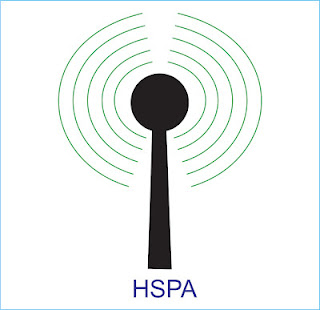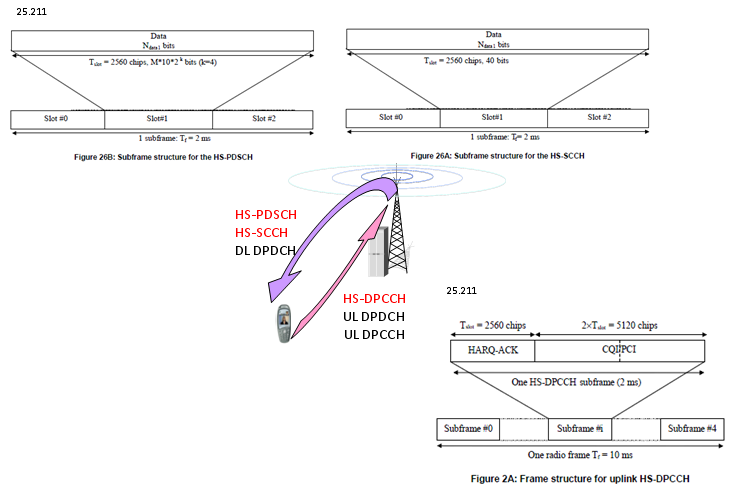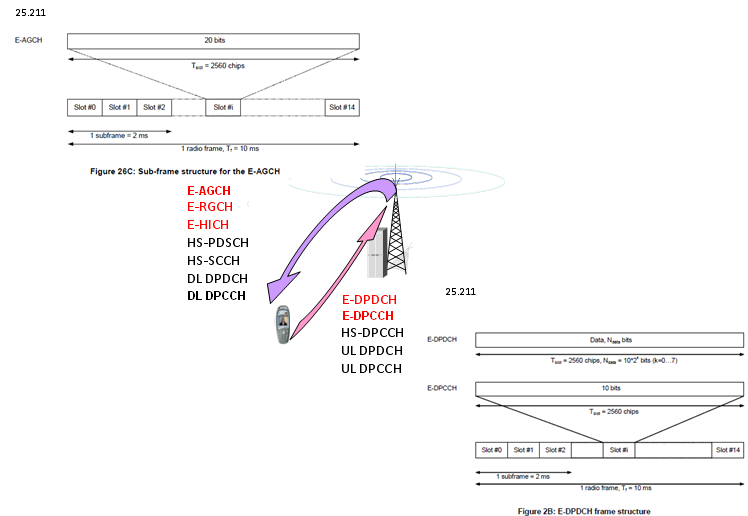Difference Between UMTS and WCDMA Network Technology

Telecommunication technology has rapidly evolved in the previous decade as improvements are quickly being adapted and implemented. The UMTS (Universal Mobile Telecommunication System) and WCDMA (Wideband Code Division Multiple Access) are two different terms related to 3G mobile communication systems. Universal Mobile Telecommunication System is purely related to 3G connectivity while Wideband Code Division Multiple Access is one of its accessories. UMTS’s successor was the 2G GSM network which received higher data rates for supporting a variety of applications for mobile users. The air interface technology that is being used in WCDMA is also used to spread information among different telecommunication networks.
UMTS technology is given for higher data rates in order to support a large variety of mobile applications and users. This technology is basically related to 3G mobile communication with more advancements of air interface for radio communication. Earlier, when 2G technology was introduced, more networks were based on UMTS as it gained global acceptance.
Wideband Code Division Multiple Access is one of the methods for access using UMTS technology. It allows more subscribers to achieve secure data and communications.
UMTS has a 2GHz range, specifically 1885-2025 MHz and 2110-2200 MHz. On the other hand, WCDMA is uplinked at 1920-1980 and downlink at 2110-2170 MHz.
WCDMA actually allows you to share data in a secure manner over UMTS, acting as a protector for the users.
Instructions
-
1
UMTS
In UMTS, Universal Terrestrial Radio Access Network also plays its role as the controller. Both 2G and 3G have different frequency allocations as well.
The modern 2G and 3G networks also extracted different features from GSM networks like Subscriber Identity Module and Universal SIM. In 2G and 3G networks, their uplink and downlinks are different but in GSM networks, downlinks and uplinks were similar. The time multiplexing for transmission is also different in both networks. 3G network with their FDD and TDD use different frequencies for uplink signals.

-
2
WCDMA
Telecommunication engineers believe that secure networks give you the facility to share higher rates of data. WCDMA helps make broadband communication a reality. In this method, people have the luxury of video conferencing, high speed internet and mobile streaming.
Images Courtesy: sharetechnote.com







